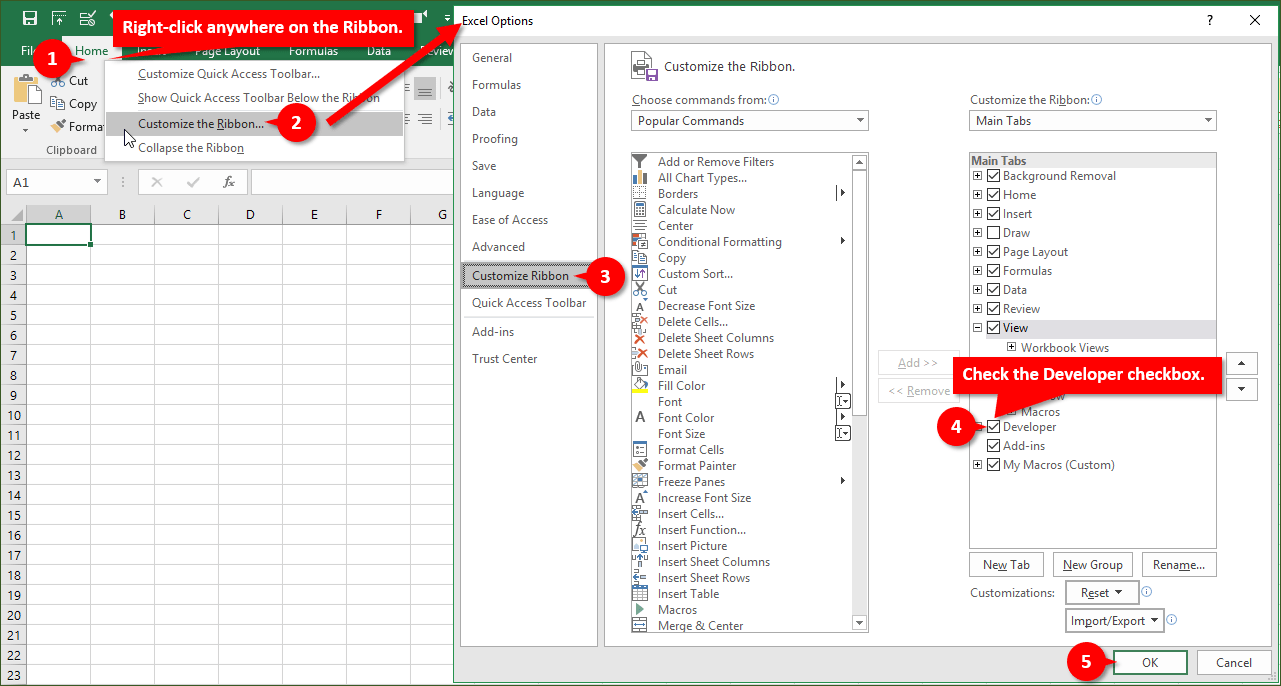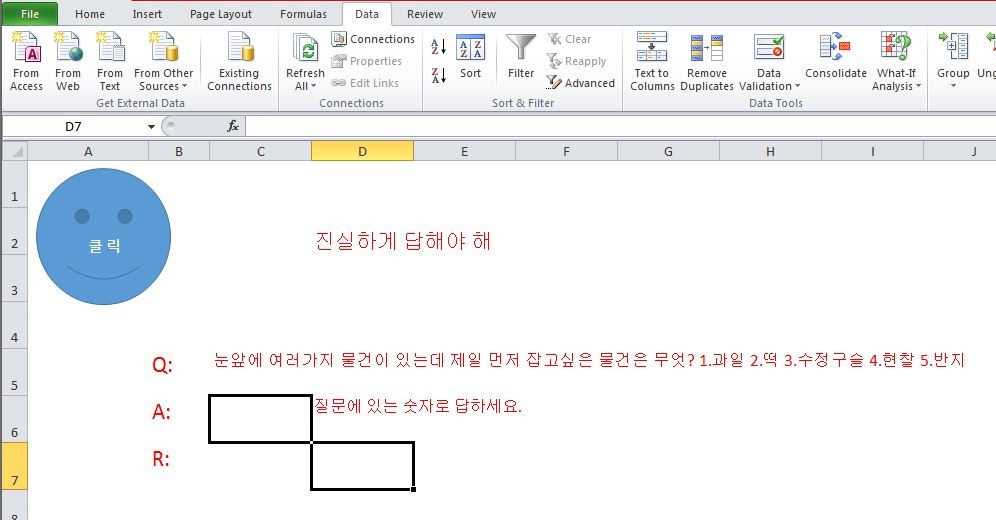

With luck, your workbook should be healed. Now return to Excel from the VB Editor and use File > Save As and change the file format to either Macro-Enabled (.xlsm) or Binary (.xlsb). Go to the Visual Basic Editor, and to to the Project explorer, select the workbook and use File > Import File to import your saved modules. Now open the COPY.xlsx workbook you saved earlier - the one without any macros. In the Project Explorer, right click on each module and choose Export. Next, open COPY (the one that has the macros). You'll get a warning that macros are not supported, and that's what we want - we want to clean out all macros from COPY.xlsx and then close this Use File > Save As and choose Microsoft Excel Workbook (.xlsx) as the file format. Rename the file to Copy but do NOT change the file extension, Attempt to repair the copy so you don't disturb what you have now. You can do some things to repair broken workbooks.įirst, right click on the workbook in Finder and choose Duplicate. * Kindly Mark and Vote this reply if it helps, as it will be beneficial to more community members reading here. By creating a new workbook and save it can isolate this problem.ģ: Did this problem happen after you updated Excel to 16.29.1 version? More importantly, did you make any changes to your Mac before it happened?ĭihao - * Beware of scammers posting fake support numbers here. Sometimes, the unexpected problem could relate to the file itself. To further narrow down this problem, please provide the following information to us.ġ: May I know what is the Excel version on the different? Is the version same as the Mac with the file problem.Ģ: Does this problem occur in all your existing file with macros or this Excel file only? You can also try creating a new workbook and copy and paste data from the old workbook to the new oneĪnd see whether the same problem is happened. From your problem description, when you opened An Excel file with macros in Excel 16.29.1 version, the file wasn’t opened correctly. Sorry for the inconvenience caused to you. "OLEDB Provider=.1 Data Source=$Workbook$ Location=SampleList Extended Properties=""""" _ "RenamedColumns = Table.RenameColumns(ConvertedToTable,)" & vbCr & vbLf & _ "ConvertedToTable = Table.FromList(Source, Splitter.SplitByNothing(), null, null, ExtraValues.Error)," & vbCr & vbLf & _ This is a sample query that creates a list with values from 1 to 100.Ī Name:="SampleList", Formula:= _
EXCEL FOR MAC 11 MACROS CODE
Here is some basic code you can adapt and use. Locate the VBA file, and then select Open.

Right-click on an object in the Project window, and then select Import File. In Excel for Mac, select Tools > Macro > Visual Basic Editor.
EXCEL FOR MAC 11 MACROS MAC OS
For more information, see Sync files with OneDrive on Mac OS X.ĭownload the VBA file to a local file, the VBA file you saved in "Step one: Excel for Windows" and uploaded to an online service. Upload the VBA file to an online service to make the file accessible from the Mac. The Export dialog box appears.Įnter a filename, make sure the file extension is. Right-click the module, and then select Export File. In Excel, make sure the Visual Basic Editor is open by pressing ALT+F11. VBA code that uses the following entities in the Excel's object model also work in Excel for Mac: Queries object, WorkbookQuery object, Workbook.Queries Property. For more information, see Excel VBA reference. On Excel Windows, develop queries by using VBA. A sample program is provided for you at the end of this section.


EXCEL FOR MAC 11 MACROS WINDOWS
Transferring a VBA code module in a file from Excel for Windows to Excel for Mac is a two-step process. Although authoring in the Power Query Editor is not available in Excel for Mac, VBA does support Power Query authoring.


 0 kommentar(er)
0 kommentar(er)
